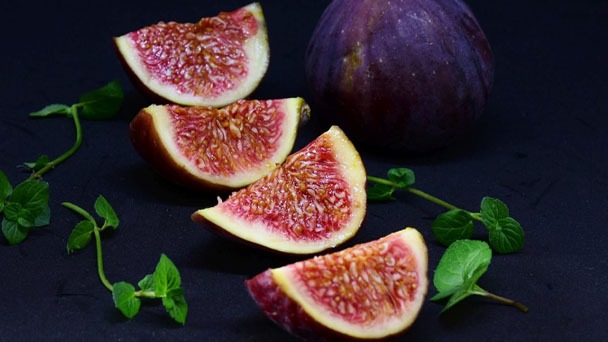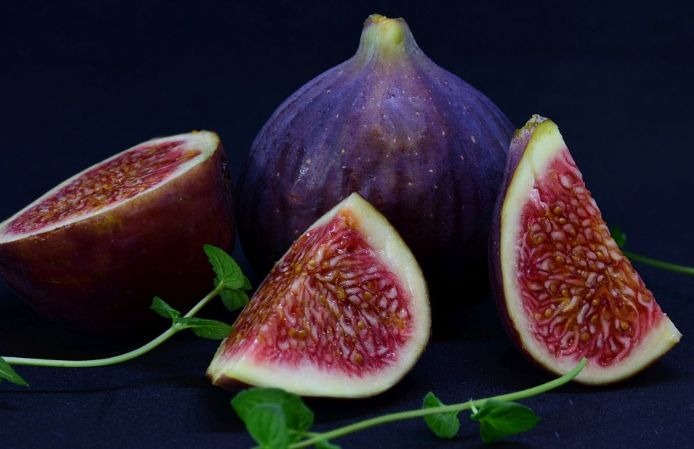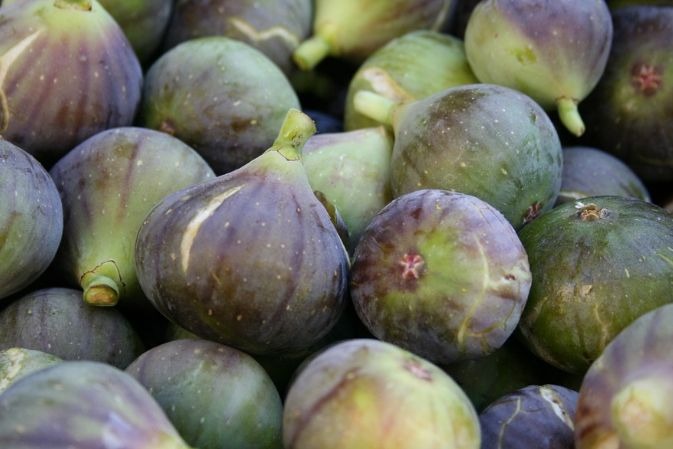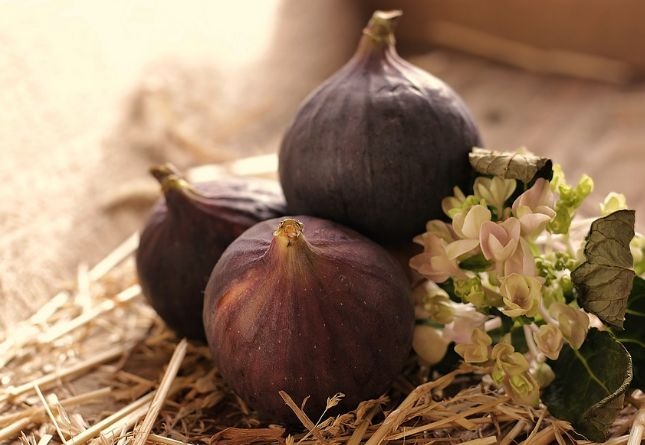When Are Figs Ripe - Fig Tree Harvesting & How to Tell
Written by Ivy
Jan 10 2023

Sight, touch, and taste are all indicators of fig ripeness. Ripe figs can be distinguished from immature green fruit by their larger distinguishable size, tendency to droop while hanging from the tree or bush, and, with the exception of a few varieties, a change in color. Ripe figs should yield to gentle pressure when handled by the touch.
Figs are a finicky fruit because they don't ripen on the tree like apples or pears do. Only the so-called breva crop grows in Victoria, which has a climate that is thought to be cooler for figs. These are figs that were grown on branches from the previous year and have ripened into fruit that is ready to be harvested this year.
3 Ways to Identify Ripe Figs

Sight
One of the first indicators that your figs are getting ripe is a change in color. Figs that are young, immature, and unripe have a tendency to be small and green in color. The fruit's color will transition from green to brown or purple as it ripens in cultivars like Brown Turkey, Chicago Hardy, Celeste, and LSU Purple. How can you rely on sight if the fig's color doesn't significantly change? This is a problem with some fig varieties, like Kadota and LSU Gold, whose mature color is still greenish. Read on!
As the fruit ripens, it will appear to be droopy and hang limply from the tree. Regardless of the color of the mature fruit, this is true for figs. Firm, young figs have a tendency to stand apart from the tree. The fig will bend at the stalk where it is connected to the tree as it ripens and softens.
Use size as a guide; fruit will expand in size as it ripens on the tree. The mature size varies depending on the variety you are growing, but the figs all get bigger as they start to ripen and mature on the tree.
If the fruit does not ripen or increase in size, the tree may be too heavy-handed (consider thinning out some fruit to lighten the load) or it may not be receiving enough water. Especially later in the season and in cold climates, it might also be too cold to promote ripening.
Touch
When gently squeezed, a ripe fig will feel tender to the touch. Figs that are still green are firm. This is due to the fruit's incomplete ripening, which prevents the juices and sugars that are produced as the fruit ripens from being fully present.
Taste
When ripe figs are picked directly from the tree, they are delightfully rich, sweet, and smooth. Unripe figs can be tough, dry, and flavorless. The most effective way to tell your figs are unripe is to eat one before its peak. The majority of people choose to wait until unripe figs are fully mature before harvesting them after only one unripe bite.

How to Harvest Figs
When picking figs, you'll see that a ripe, fresh fig will come easily off the tree. Simply lift the fruit away from the tree by grasping its base.
Really ripe figs occasionally even fall to the ground as a result of their increased size and weight if not picked first.
The fig is not fully ripe if the stalk starts to develop a milky white sap after it is picked; however, if the fig has a fully ripe color, has increased in size, and is soft to the touch, it may still be sweet and edible even if there is some milky white sap visible. We suggest giving one a try and evaluating the flavor. Try leaving the remaining ripe figs on the tree for a few more days if they aren't particularly sweet or flavorful.
How to Store Fresh Figs
The figs should be used, eaten, dried, or frozen as soon as possible after harvest. The figs can be frozen for up to three years after being dried in the sun or with a dehydrator. The figs can be washed, dried, and spread out on a baking sheet without touching. They can then be frozen until solid. Fruit can be placed in a container once it has reached the hardening stage and kept frozen for up to three years. When arranged on a tray in a single layer, fresh figs can be stored in the refrigerator. The crisper, which is typically the coldest part of your refrigerator, should be where the tray is kept. However, avoid putting the figs close to any fresh vegetables because they could make them rot quickly. Within three days, consume figs kept in the fridge.

Conclusion
A yearly mulch of well-rotted compost or manure will keep the soil fertile and control weed growth around the fig tree. Harvest the fruits in the fall when they are soft to the touch and hanging down.
A soft, ripe fig hangs from the branch and droops. Fruit that is too ripe should be consumed right away because it is likely to split and occasionally release drops of sweet nectar.
Although figs are best when eaten fresh, you can keep them for about 2 weeks in a cool, dry location. Do not place them in the refrigerator.
FAQs
What Does a Fig Look Like When It is Ripe?
By appearance, ripe figs are distinguished from immature green fruit by having a larger, more distinguishable size and, with the exception of a few varieties, a change in color. Ripe figs should be soft when gently squeezed. Firm figs indicate that they are not yet ripe.
Will Figs Ripen Off the Tree?
Off the tree, green figs will not ripen. If left in a dry environment with a moderate temperature, figs that have been picked just before they are fully ripe will continue to ripen and get sweeter.
How Long Does It Take for Figs to Ripen?
Be patient; figs can take up to two months to ripen to their best after fruit formation. Fig plants need two to six years after planting before they begin to bear fruit.
When Are Figs Ripe in Virginia?
The majority of the crop will be ready in September through October, and the ripest, sweetest figs will be soft to the touch with almost-cracking purplish-brown skin. They should be simple to separate from the tree.
Latest Updated
- Benefits of Bugleweed - 7 Science-backed Health Benefits
- Bugleweed Dangers & Side Effects - Is It Poisonous?
- How to Plant Evergreen Trees - What You Should Know
- When to Plant Evergreens - Grow Guide for Evergreen Trees
- 12 Wonderful Evergreen Shrubs for Your Garden
- 12 Popular Evergreen Plants with Pictures for Beginners
- When And How To Prune A Lilac Bush Like a Pro
- How to Grow & Care for Lilac Vine (Hardenbergia Violacea)
- Japanese Lilac Tree (Syringa Reticulata) Care & Propagation Guide
- Shumard Oak Pros and Cons - What to Know
Popular Articles
- Winter maintenance of Antirrhinum Majus
- How to Grow Terminalia Mantaly Tree
- How to Grow and Care for Crossostephium Chinense
- How to grow Antirrhinum Majus in spring
- Peristeria Elata (Dove Orchid) Profile: Info & Care Guide
- Underwatered Snake Plant (Sansevieria Trifasciata) - Signs And How To Fix
- How to Care for Brazilian Jasmine Plant (Mandevilla Sanderi)
- How to Grow & Care for Graptopetalum Purple Delight in Summer
- Rosa Chinensis (China Rose): Plant Growing & Care Tips
- How to Care for Baby Sun Rose (Aptenia Cordifolia)